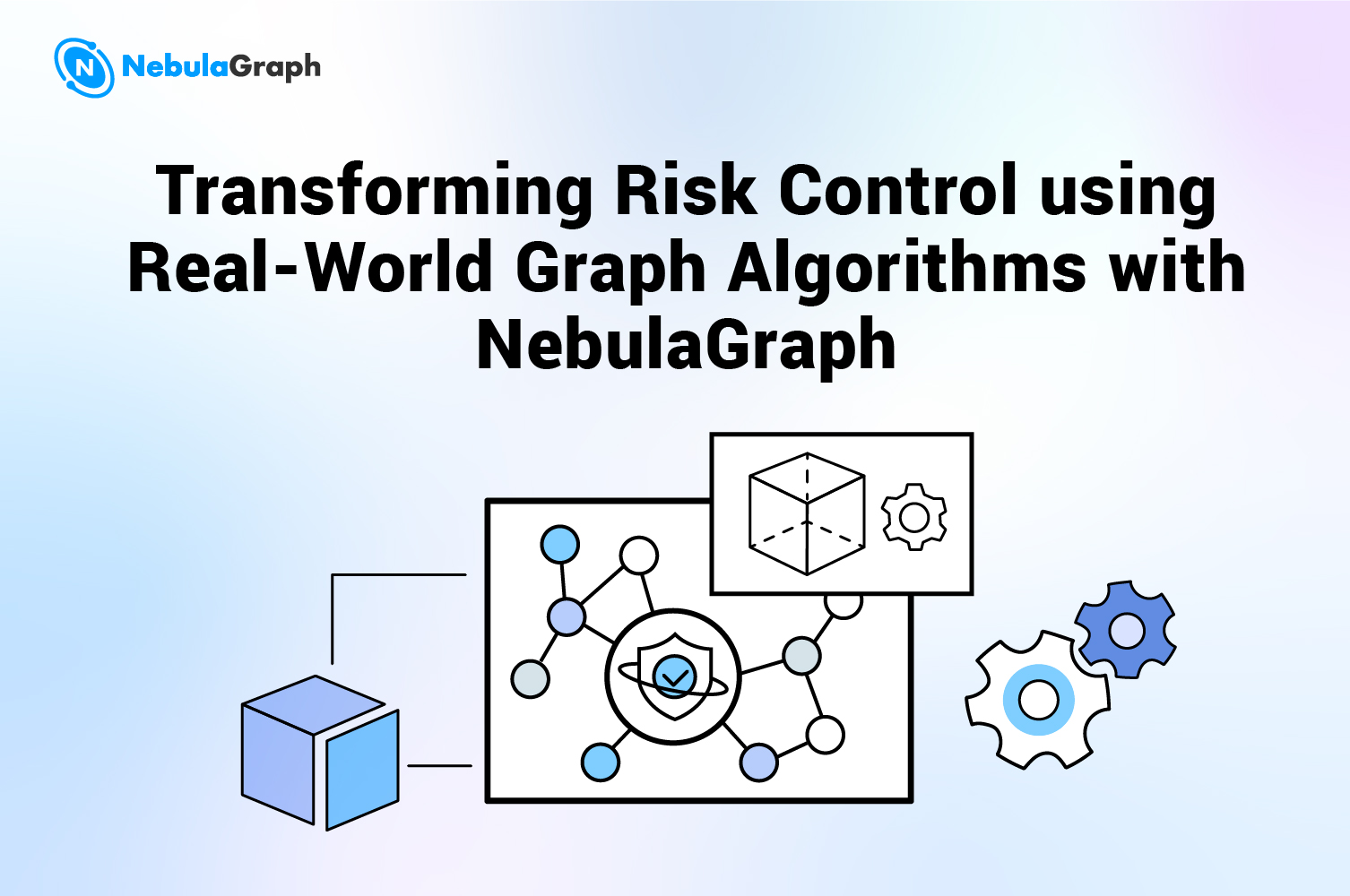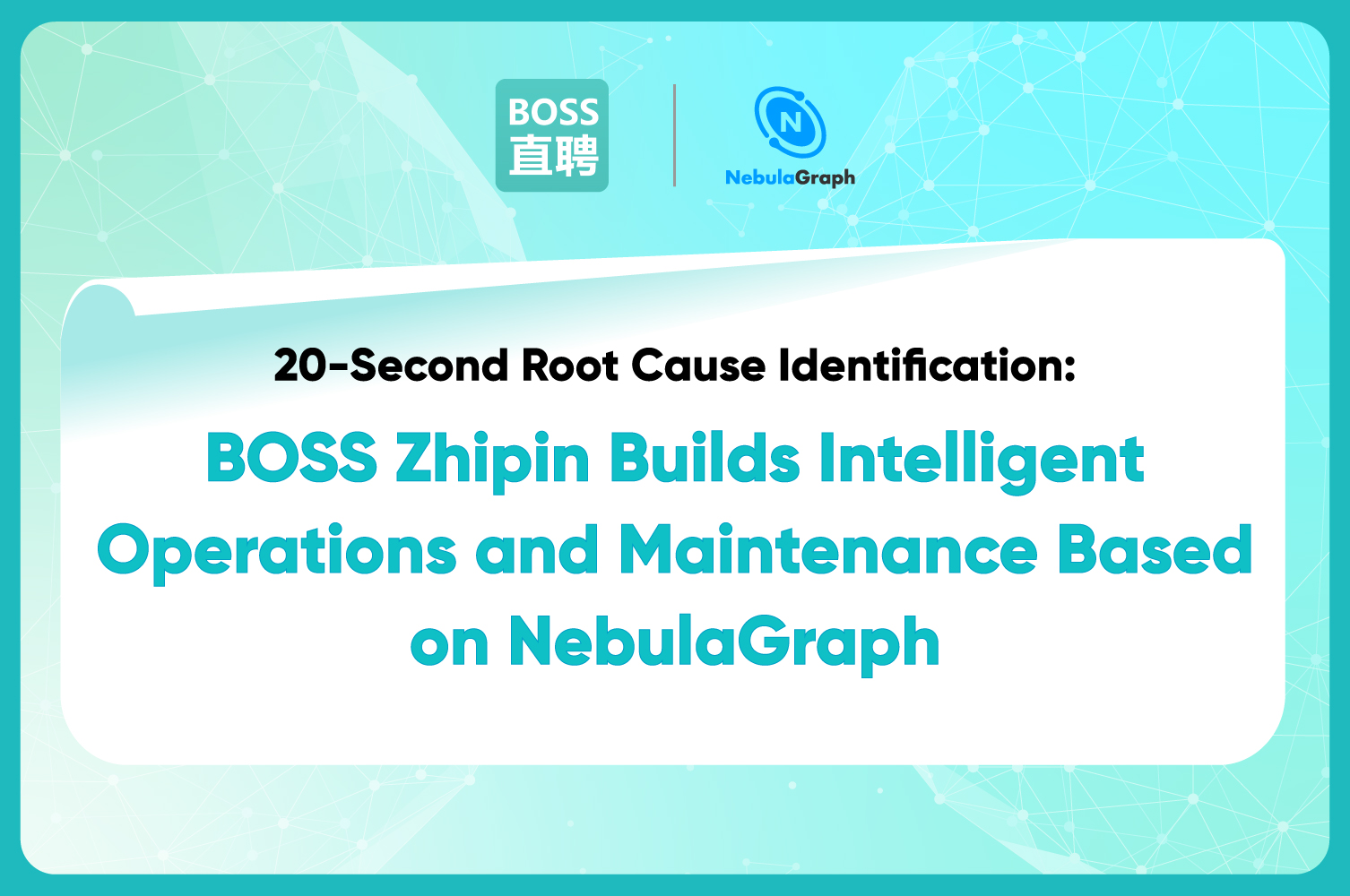Use-cases
How Graph Databases Drive Efficiency in Supply Chain Management
Imagine navigating through a complex web of interrelated parts in a large manufacturing factory's supply chain. From procurement to customer service, each element is interconnected, and a delay in one can create a ripple effect across the entire chain. This blog post explores how graph databases, with their unique structure, can simplify this process and bring significant efficiency improvements, saving both time and costs in supply chain management.
Understanding Supply Chain Management and Key Factors to Its Efficiency
The supply chain is the network of people, organizations, resources, activities and technology involved in the production and sale of a product from the supplier delivering raw materials to the manufacturer to the end user. It’s all the steps to get a product or service from supplier to customer.
Supply Chain Management (SCM) is the active management of the supply chain to maximize customer value and gain a sustainable competitive advantage. It involves the coordination and collaboration with channel partners, which can be suppliers, intermediaries, third-party service providers, and customers.
Image source: https://www.linkedin.com/pulse/what-supply-chain-management-its-importance-dhruman-gohil/
Some of the key factors to a well-managed supply chain are:
Demand Forecasting: Accurate forecasting of demand is crucial as it impacts all other supply chain planning activities including production, inventory management and shipping.
Inventory Management: Keeping the optimal level of inventory is a delicate balance; too much will lead to high holding costs while too little leading to stock-outs and lost sales.
Technology Integration: SCM requires robust technology systems that can automate and streamline the processes involved from order processing and production scheduling to inventory control and customer service.
Flexibility: The supply chain should be able to respond quickly and efficiently to changes in demand or supply.
Visibility: A transparent supply chain helps companies identify inefficiencies or problems quicker and take action sooner. Risk Management: Identifying and managing risks such as supply disruptions, demand volatility and currency fluctuations is also key to SCM.
Sustainability: Increasingly, companies are looking at the sustainability of their supply chains in terms of environmental impact, social responsibility and economic performance.
Understanding Graph Databases and Their Distinction from Traditional Databases
A graph database is a unique type of database designed to handle complex data relationships. It’s a NoSQL database that uses graph theory to store, map and query relationships. A graph database is fundamentally different from traditional databases, for example relational databases, because of the way it treats data relationships. In traditional databases, relationships between data are often secondary. They are inferred through JOIN operations that link together separate tables based on common attributes. This can lead to performance issues when dealing with large amounts of complex and interrelated data.
But graph databases, such as NebulaGraph, take a different approach. They put relationships first, storing data in a flexible graph structure of nodes and edges. Nodes are entities like a person or a product, edges are the relationships between those entities. This structure allows for high performance when querying relationships making it great for managing complex connected data.

How Graph Databases Drive Efficiency in Supply Chain Management
In a large manufacturing factory, the supply chain is a spider’s web of interconnected parts. From procurement and production to distribution and customer service, each step is connected. A delay in procurement can impact production schedules which can then impact distribution and delivery times.
Think of a car manufacturing plant. A car is a complex machine with thousands of parts, each with its own supply chain. If one part fails, it could be a bigger issue in the supply chain that needs to be fixed. With a traditional database it’s hard to understand these ripple effects. The tabular structure of traditional databases makes it difficult and time-consuming to follow the impact of a change through the entire supply chain. But with a graph database it’s much simpler. By clearly defining the relationships between different aspects of the supply chain, a graph database allows for quick and easy navigation through the data. This can lead to significant efficiency improvements, saving both time and costs.
Here are some ways graph databases can support enterprise supply chain management:
- Revealing Complex Relationships: Graph databases can show complex relationships between data, like materials, suppliers, production equipment and personnel in the supply chain. That’s very useful for optimizing production, reducing waste and improving efficiency.
- Tracking and Forecasting: Graph databases can help companies predict potential issues, like supply chain disruptions and equipment failures, by tracking every link in the production chain in real time. So companies can take action before they lose.
- Decision Support: By analyzing supply chain data, graph databases can support company decision making. For example, they can predict future demand based on historical data so companies can make better production plans.
To elaborate, graph databases, with their ability to show relationships between different data points, can give you a complete view of the entire supply chain. This enables companies to identify bottlenecks, inefficiencies, or risks, and take corrective action. Also they can help companies respond faster to changes or disruptions in the supply chain. Furthermore, by analyzing and forecasting based on historical data you can improve demand planning and inventory management. Lastly, the graph structure itself ensures data access is controlled and secure so your supply chain data is protected.
Graph Databases Benefiting Different Departments in the Manufacturing Sector
The benefits of graph databases are not limited to a single department within the manufacturing industry. In fact, they can be leveraged by various departments to improve efficiency and decision-making.
Production planning can optimize production schedules by using graph databases, for example. They can create schedules that are more efficient in minimizing downtime and increasing productivity by understanding the relationships between different parts of the process.
Procurement department can use graph databases to find the best way to get materials. They can make better procurement decisions by looking at the relationships among suppliers, costs, delivery times, and other factors.
The quality control department can also use graph databases. By tracing the origins of quality issues, they can identify the responsible parties and take corrective action. This can lead to improved product quality and customer satisfaction.
Conclusion
Graph databases are great for managing complex connected data in big factory supply chain management. They can help you detect and predict failures, optimize and decide. By detecting and predicting failures, optimizing and deciding they can deliver big efficiency gains.



